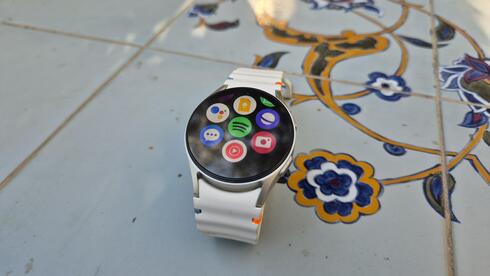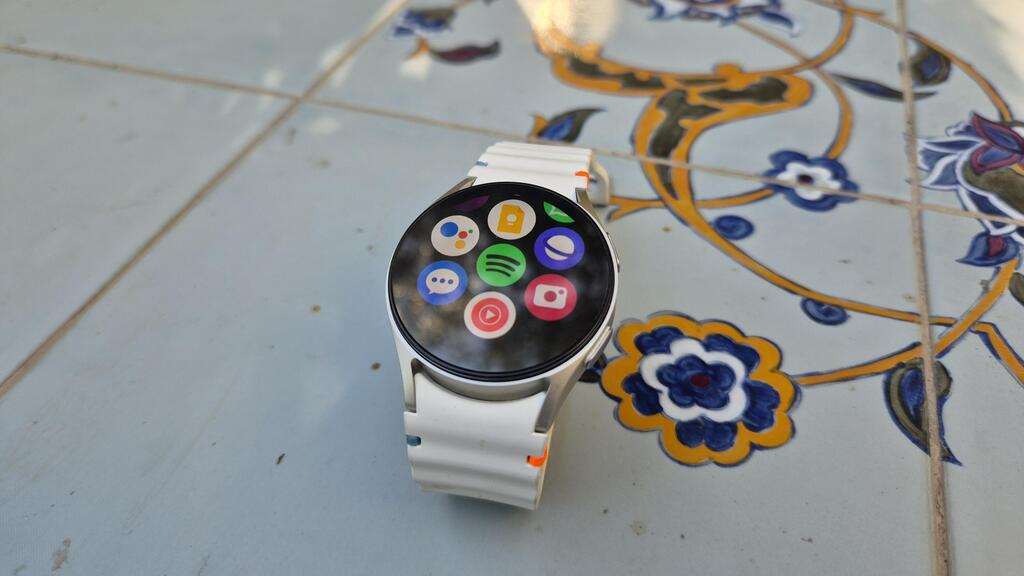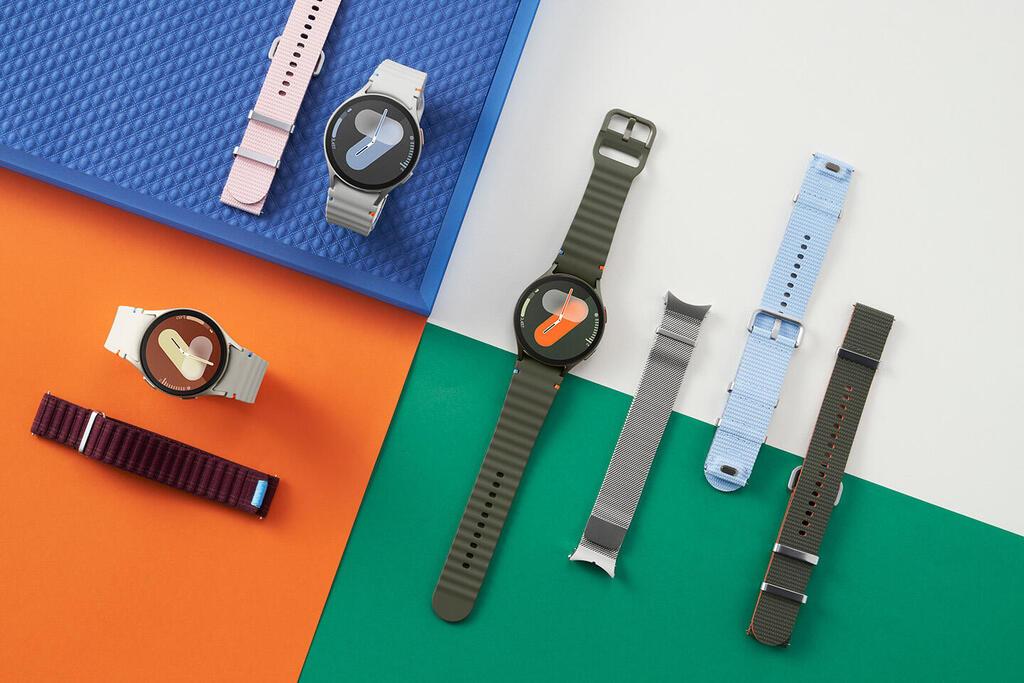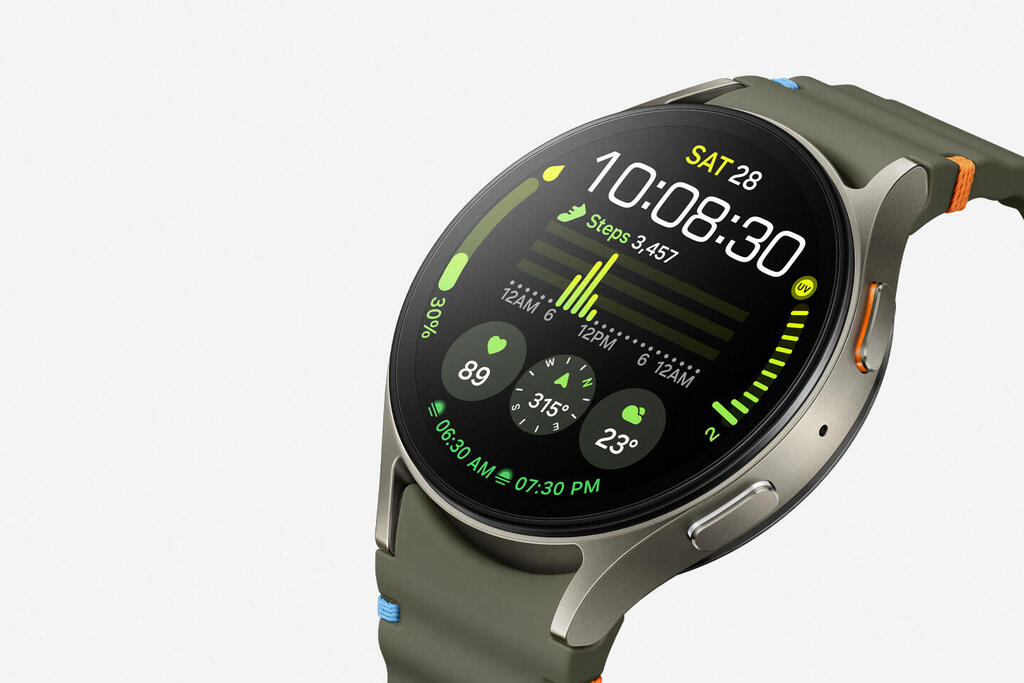
Smartwatch reviewSamsung Galaxy Watch 7: a modest evolution or a must-have upgrade?
Smartwatch review
Samsung Galaxy Watch 7: a modest evolution or a must-have upgrade?
We dive into the design, performance, and battery life of Samsung’s newest watch.
Samsung's wearable products category gained a new star this year: a smart ring designed for measuring and monitoring physical health. However, the company has not abandoned its watches, launching new models—the Galaxy Watch 7 and Galaxy Watch Ultra. Notably, some features found in the ring are already present in this series of watches. We tested the Galaxy Watch 7 to see what Samsung has changed and what it can offer.
Design and build: little has changed
Externally, there’s hardly any noticeable difference compared to the Galaxy Watch 6, which was launched about a year ago. The model I tested is the 40mm version, and it looks nearly identical to its predecessor. It’s a standalone model, meaning it doesn’t have an eSIM and relies on a phone connection to perform most tasks.
The screen is round, and while there’s a slight change in the watch’s body size on paper, it’s not noticeable. The weight remains around 29 grams, making it light and comfortable to wear. The included straps didn’t feel particularly comfortable to me, but this is subjective, and they can easily be replaced.
The frame is made of aluminum, the screen is protected by sapphire crystal glass, and the watch feels durable and sturdy. It also has water and dust resistance (IP68) and, according to Samsung, can be used for diving up to a depth of 50 meters. The watch features a new, faster processor, with memory upgraded from 1.5GB to 2GB, and storage doubled from 16GB to 32GB.
The display is excellent, with very bright screen visibility even in direct sunlight.
Software and features: notable innovations, but some are hidden
The operating system is Wear OS 5, with Samsung’s One UI Watch 6 interface. The navigation and operation of the watch haven’t changed much: there are two buttons—one to return to the home screen or double-press to access the last used app, and the other to go back to the previous screen. You can navigate apps and menus by swiping on the screen.
There’s access to the Google Play Store, where you can install a wide variety of apps. Some apps come pre-installed on the watch. Messages received on WhatsApp are automatically displayed on the watch, but to fully use the service, you need to install the WhatsApp watch app and link it to your account (similar to setting up WhatsApp on a computer). Browsing messages on a small screen isn’t very convenient, and the Hebrew keyboard is divided into digits, similar to old phones, where three or four letters are assigned to each digit. Voice messages can also be recorded, which is simpler.
There are other useful apps, including Google Wallet for payments, Spotify for music, Google Maps for navigation (which displays well despite the small screen), and reminders.
One of the new features is the ability to perform actions by double-pinching your fingers, such as answering calls, canceling notifications, or taking photos through your phone’s camera. However, this feature is not activated by default, and you must enable it in the settings. It’s a nice gimmick, but not essential.
The watch also includes advanced features like heart rate monitoring, sleep tracking, sleep apnea detection, and ECG. However, some advanced features are reserved for Galaxy devices only. Samsung’s innovation is most apparent here: in the past, the watch provided a lot of data without much explanation. Now, with the help of Galaxy AI, Samsung’s artificial intelligence service, the watch offers more than just raw data—it provides insights and personalized explanations, making the watch feel genuinely smart.
Battery life: still the weak link
The battery life remains the watch’s main weakness, lasting only a day and a half to two days with minimal use—no runs, no fitness tracking, and only receiving notifications, responding to a few WhatsApp messages, and sleep monitoring. While some watches last for days, they’re often less smart and less expensive. Samsung’s watch, however, is what it is.
Charging is relatively fast, at least to the point where you can use the watch again: it took about 30 minutes to go from 15% to 50% battery, and a full charge took over an hour.
















